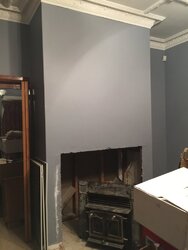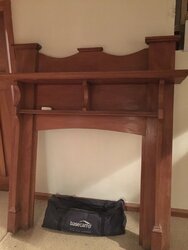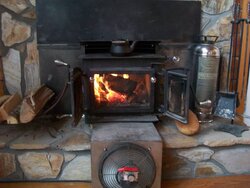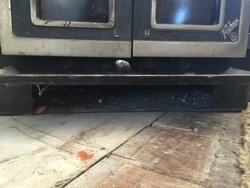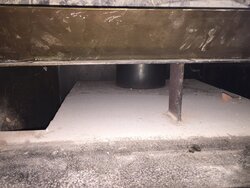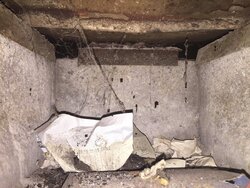Hi everyone I'm hoping I can get some help here. I have just moved into a house that has been relocated and as such the firebox needs to be reinstalled. It is a Fisher Stove made in New Zealand and I believe has the same doors as a Grandma III but am unsure if that model was made in NZ at all. I want to try and maintain the original fittings of the house as much as possible and right now the builder is talking about having to rip the whole fireplace out in order to legally reinstall the fire meaning wrecking the sculpted plaster crown mouldings, saying goodbye to the original rimu mantlepiece etc, terrifying news!
Basically I'm figuring that when the house was redone in the 70s or 80s, they were able to install this stove without gutting too much of the dining room, so if I can get the proper installation specs for it they may be able to put it in without having to wreck too much. It's a really cool stove too so I would really like to still be able to keep it as well.
In fact any info at all would be greatly appreciated!
Photo attached hopefully
Basically I'm figuring that when the house was redone in the 70s or 80s, they were able to install this stove without gutting too much of the dining room, so if I can get the proper installation specs for it they may be able to put it in without having to wreck too much. It's a really cool stove too so I would really like to still be able to keep it as well.
In fact any info at all would be greatly appreciated!
Photo attached hopefully
Attachments
Last edited:


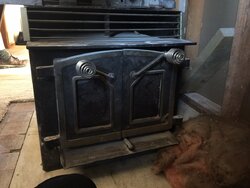


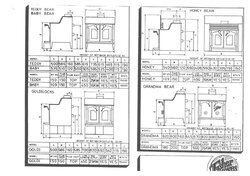
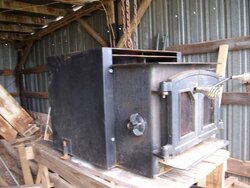
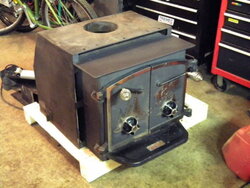
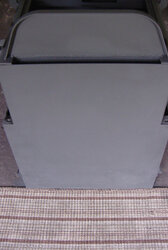
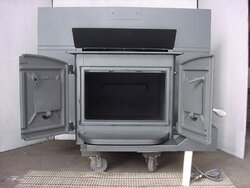
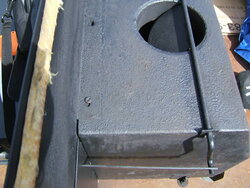
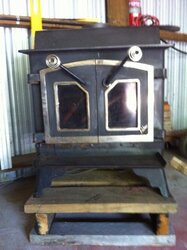
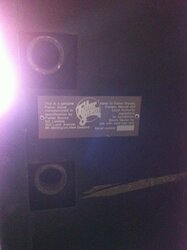
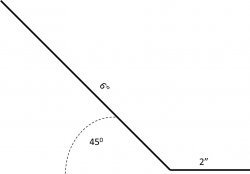
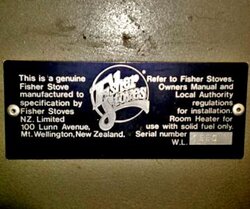

 having some kind of installation specs would make this easier, but I just can't find ANYTHING (not even something I can convincingly fudge to make it look like it's for this honey bear!)
having some kind of installation specs would make this easier, but I just can't find ANYTHING (not even something I can convincingly fudge to make it look like it's for this honey bear!)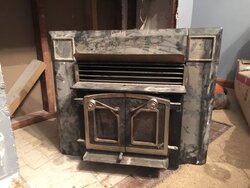
 you can see the timber frame behind, it's definitely not original the rest of the house is rimu and this appears to be pine. The living room is on the other side so maybe it went all the way through at some point? The original fireplace was definitely altered when this went in though.
you can see the timber frame behind, it's definitely not original the rest of the house is rimu and this appears to be pine. The living room is on the other side so maybe it went all the way through at some point? The original fireplace was definitely altered when this went in though.